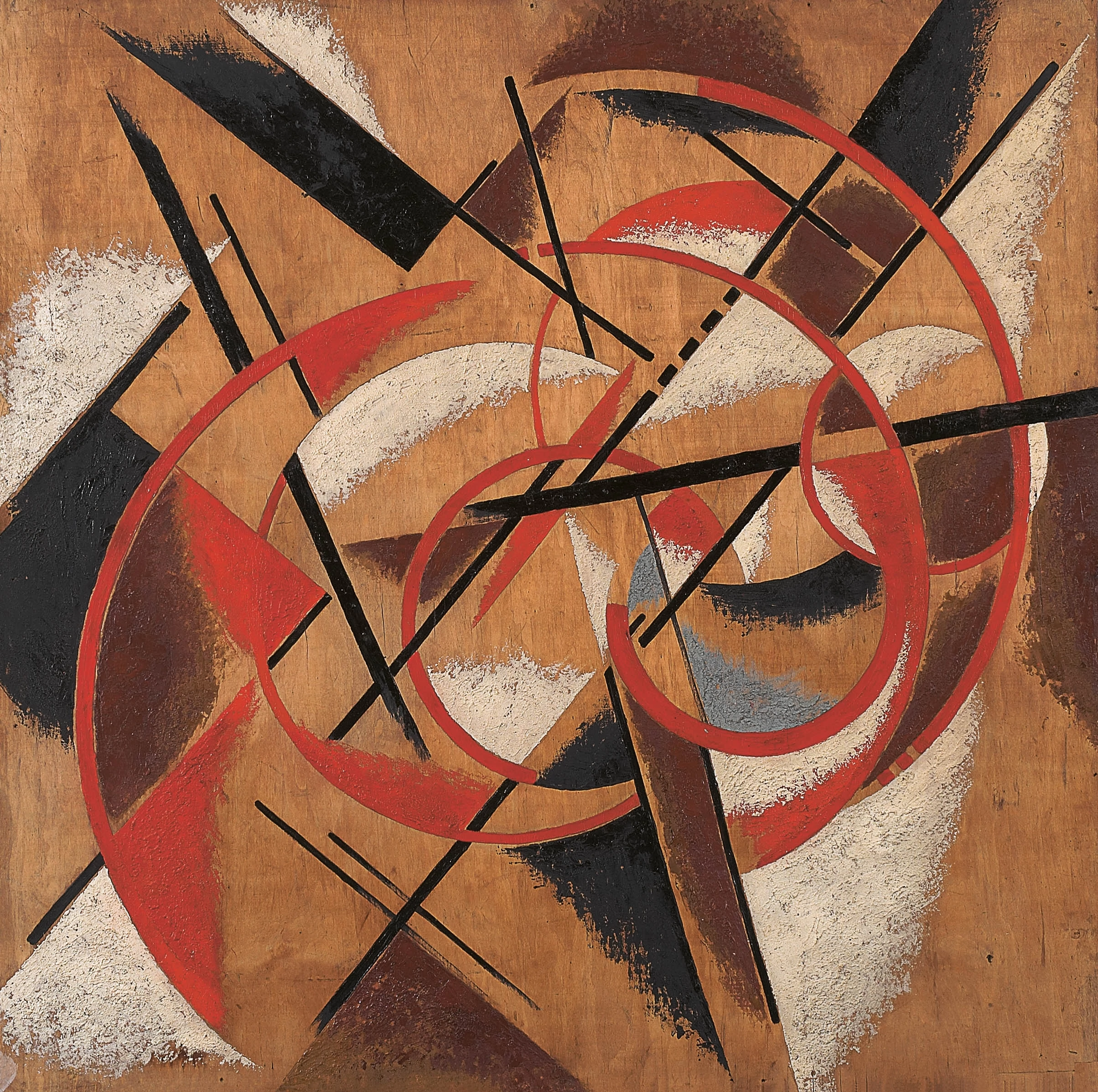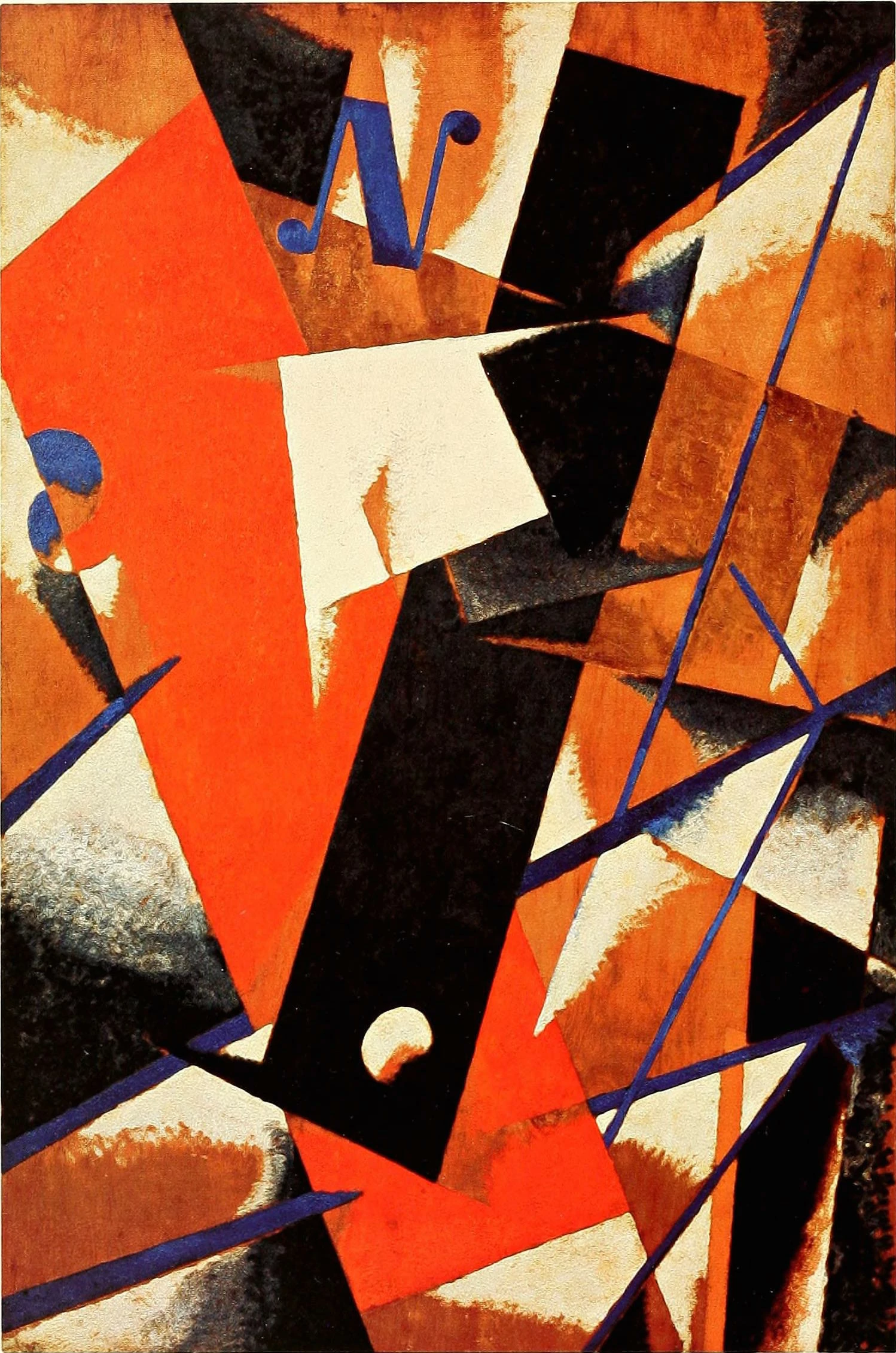Art has always been a tool for the revolutionary minded. In 1917, the October Socialist Revolution turned Russia upside-down, an insurrection expressed in the Suprematist movement—aggressive, angular visions of the new industrial society, wielded by activist artists.
Enter Liubov Popova, a classically trained painter influenced by the Italian Renaissance and Russian icon painting. Liubov was 27 when she embedded herself in the radical avant-guard that was developing in her home city of Moscow. She had a history of travel and the intellectual clout to earn her an influential position in the new Supremacist group. Together with its founder Kazimir Malevich, Liubov and a growing number of artists worked to divorce art from figurative representation, and search for pure feeling.
In the beginning this effort looked like Cubism, and Futurism, as seen in Liubov’s 1913 Composition with Figures. But even two years later, Liubov’s Traveling Woman shows a hardening in style. By 1917 the distillation of Supremacist thought was clear: vivid, unstable, anti-materialist abstraction.
In the wake of the revolution, Liubov’s politics matured, and so did her craft. She was married in 1918 at age 29, and three years later she adopted the Constructionist views of the new communist regime. Liubov’s evolution is a near perfect window into the evolving attitudes of communist Russia. As a Constructivist, Liubov believing that art should exist solely in service of the common society. She put down her canvases and partnered with Moscow’s First State Textile Printing Works. Textile work gave her access to mass production, and she fought to eliminate organic forms and naturalistic imagery in favor of powerful, bold geometries.
Liubov Popova’s society-first approach to art and design expanded until her death in 1924, a legacy that grew to include books, typography, clothing design and stage designs.
...
Got questions, comments or corrections about Liubov Popova? Join the conversation in our Discord, and if you enjoy content like this, consider becoming a member for exclusive essays, downloadables, and discounts in the Obelisk Store.
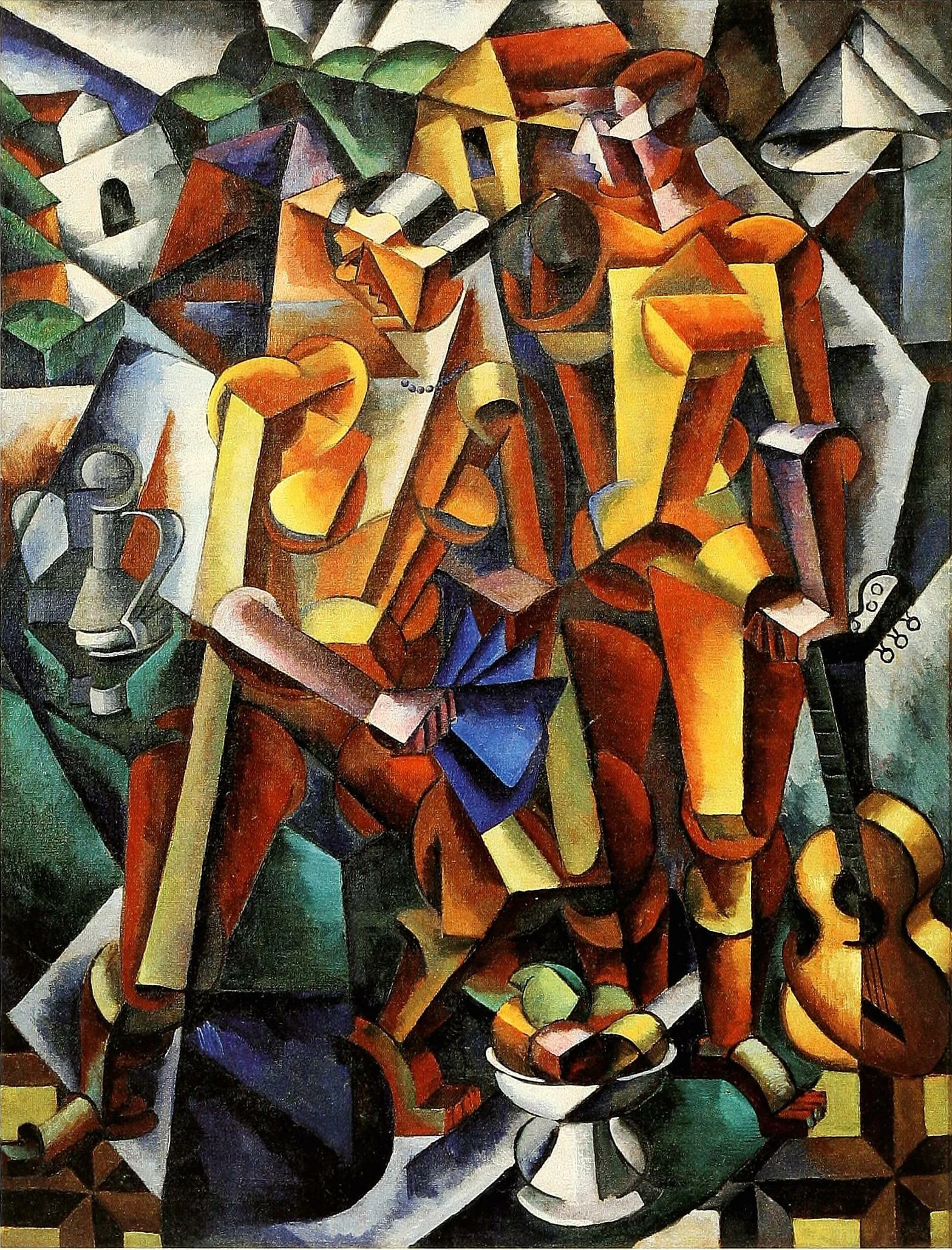
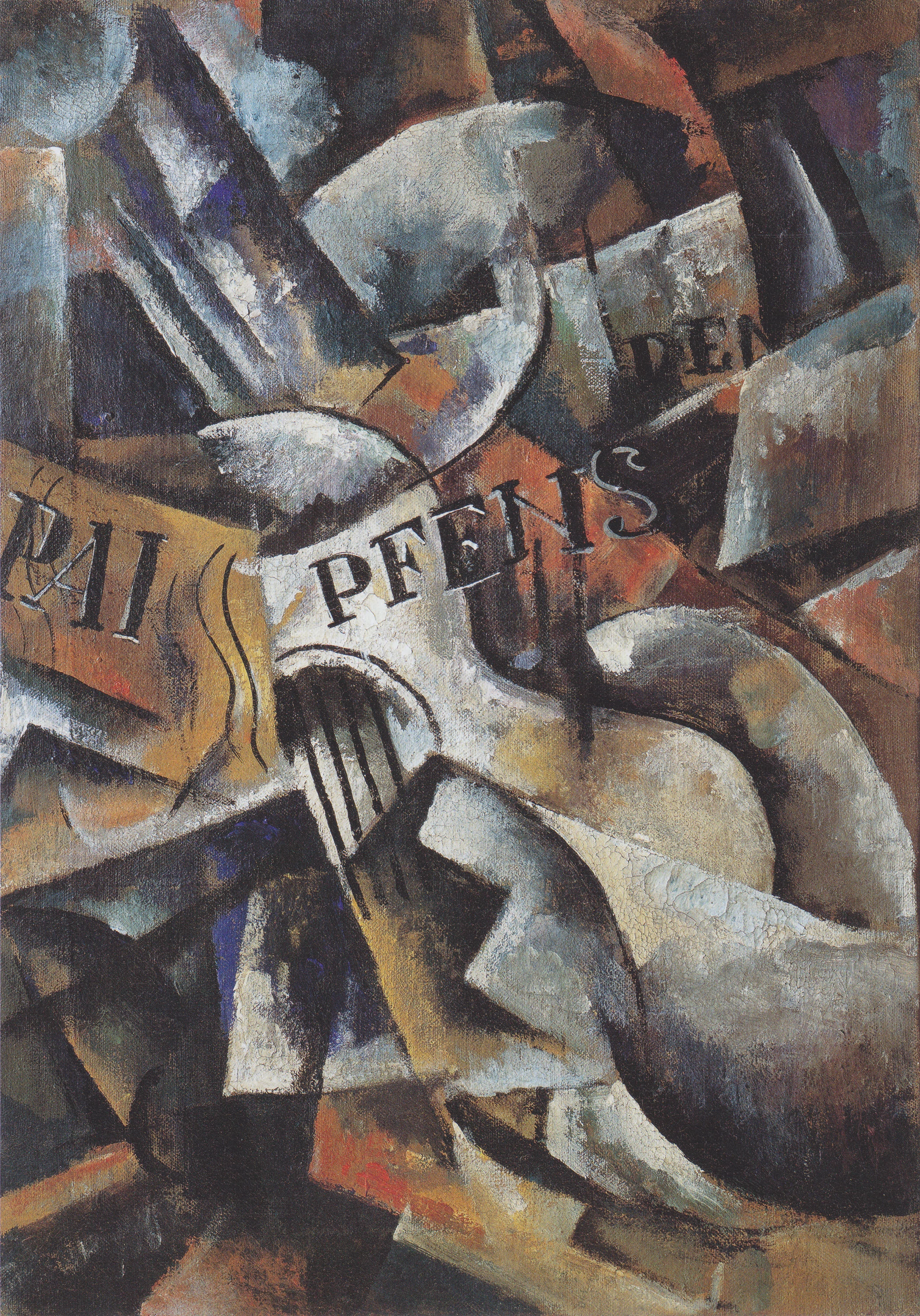
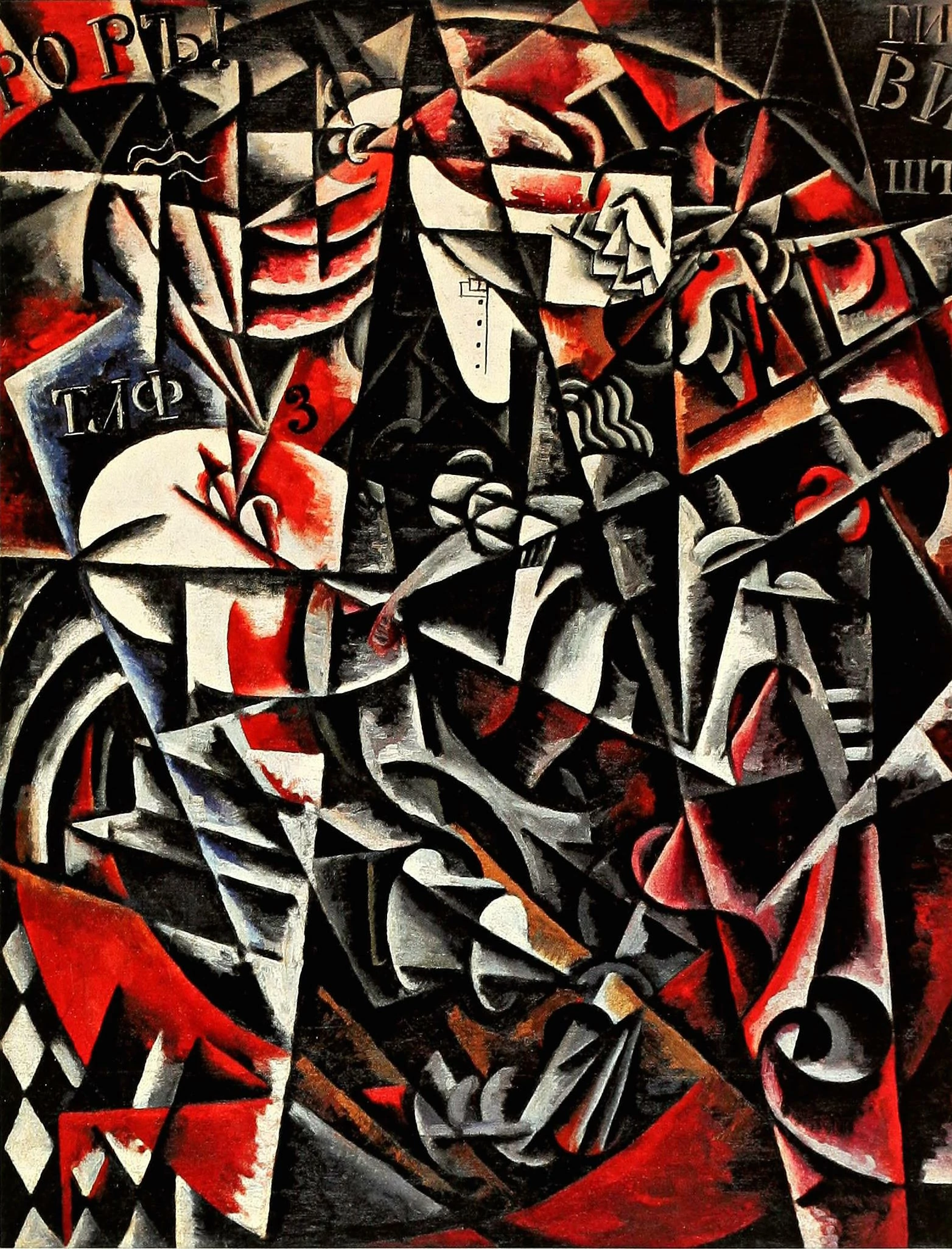
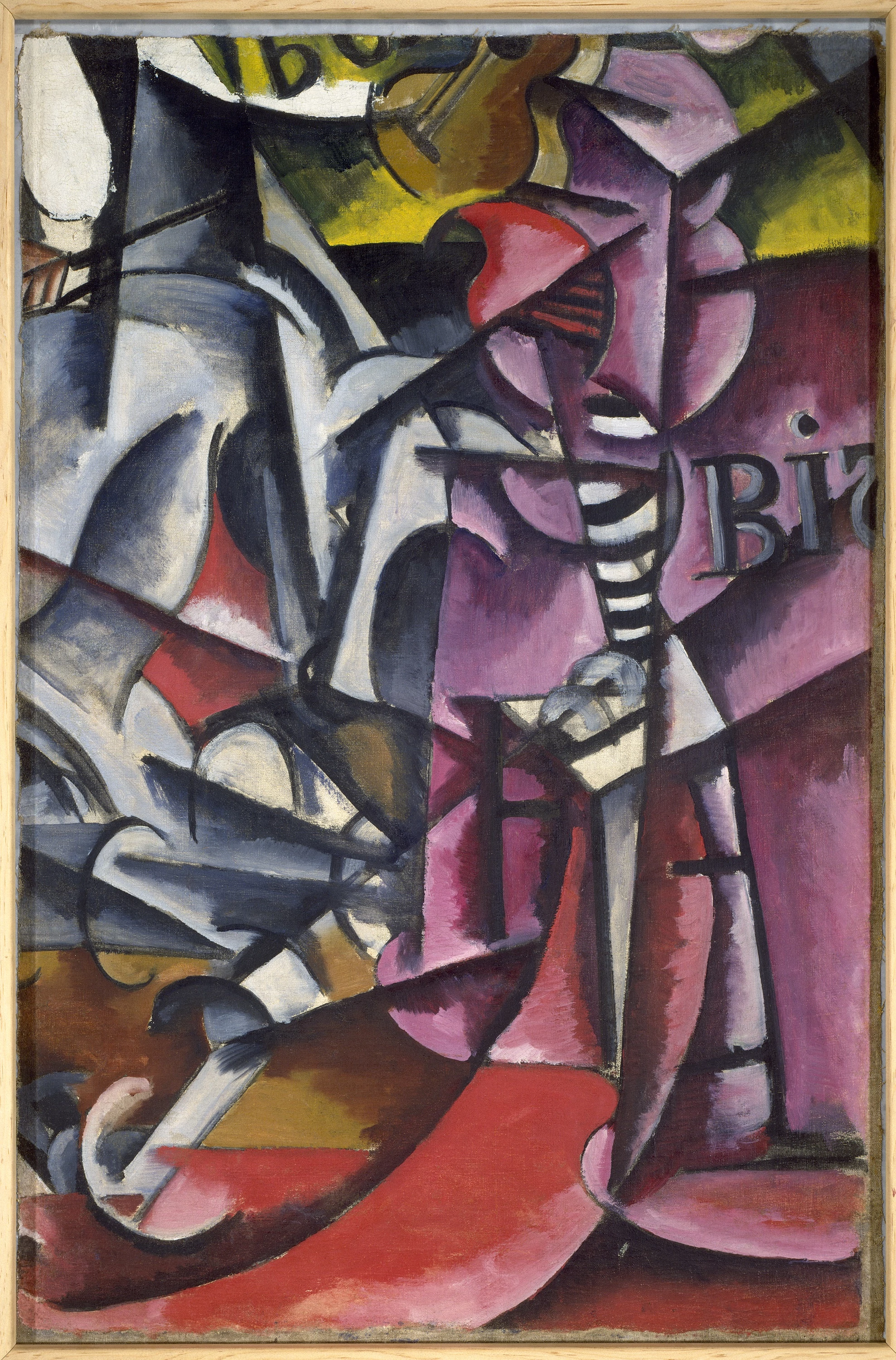
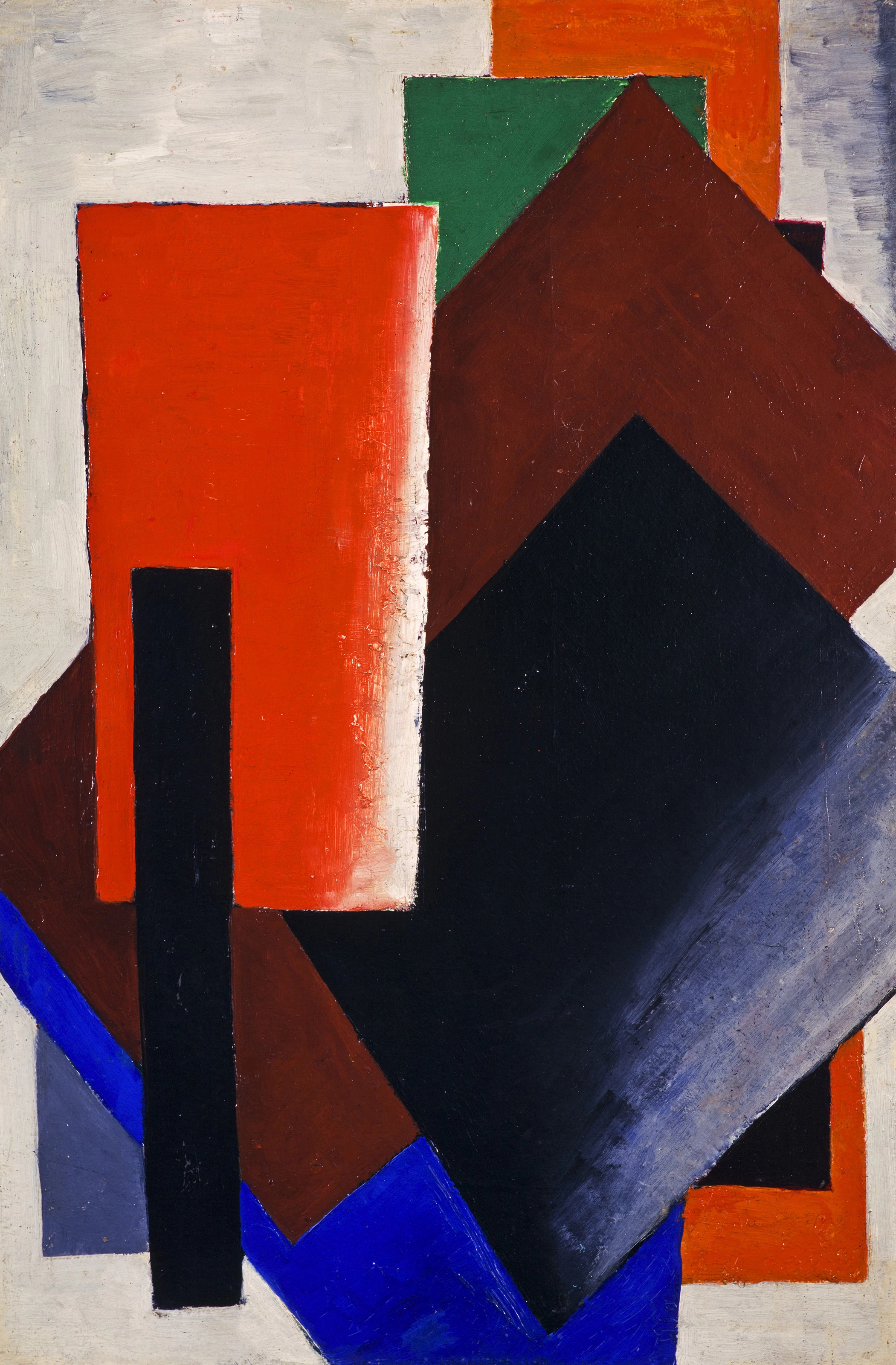
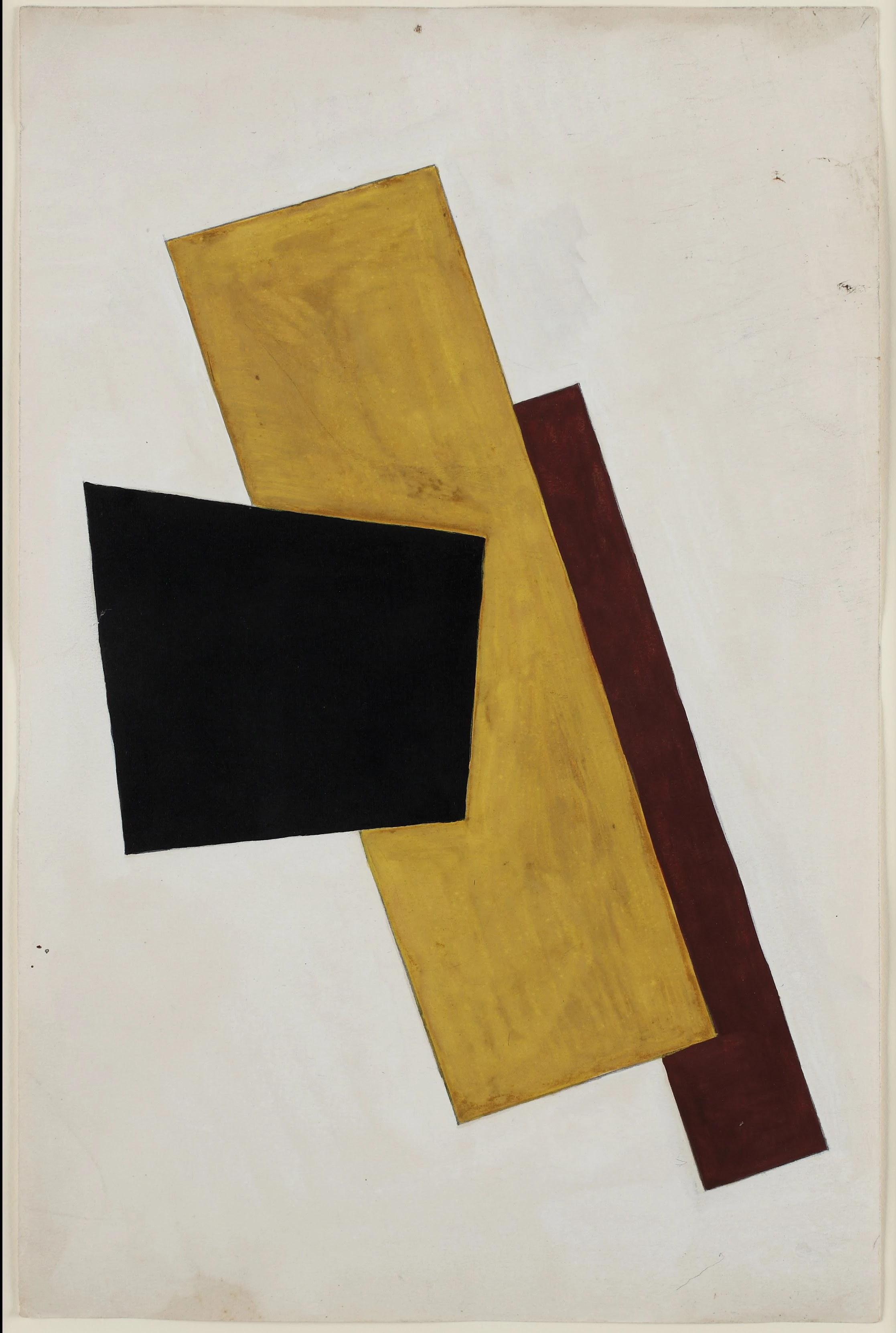
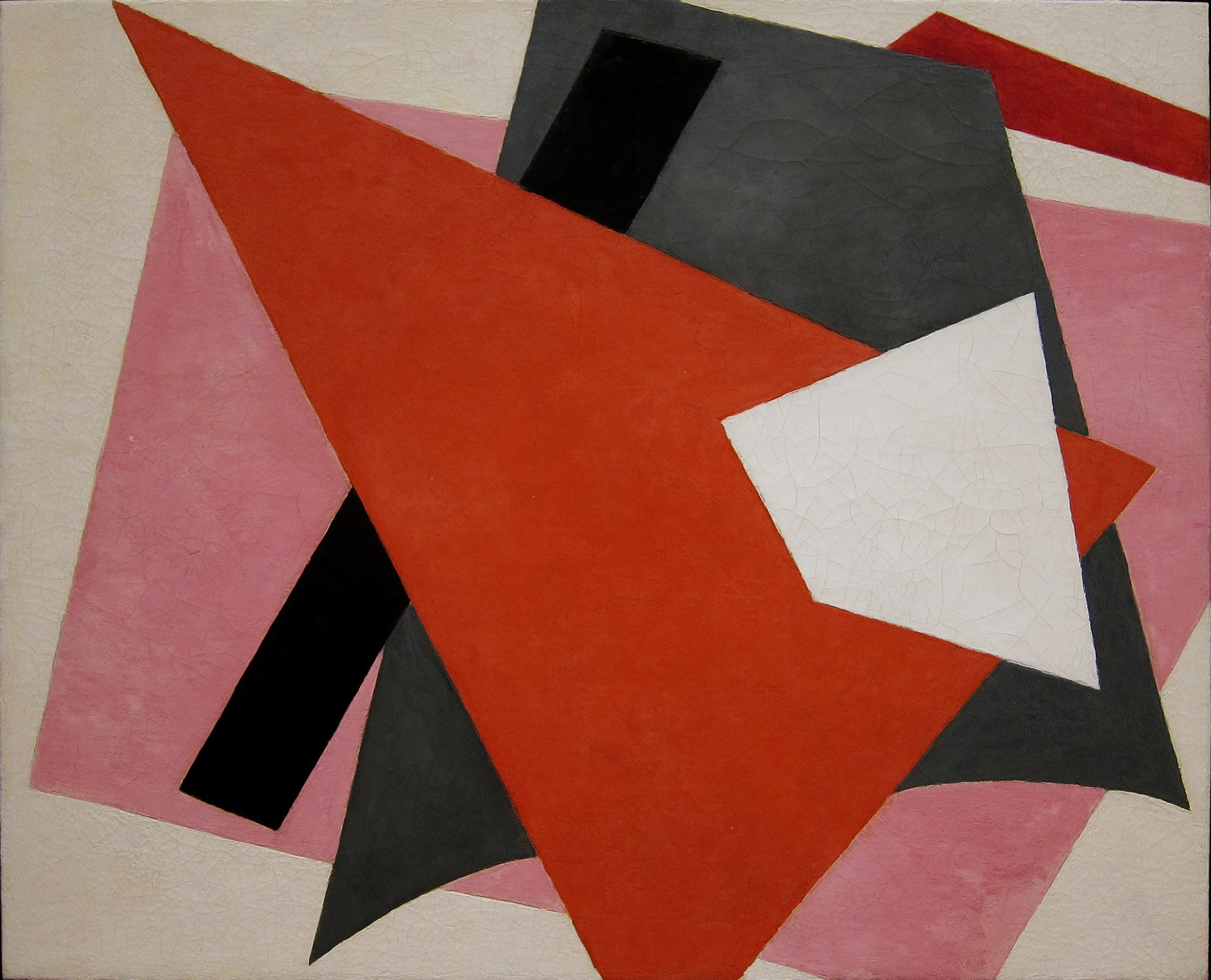
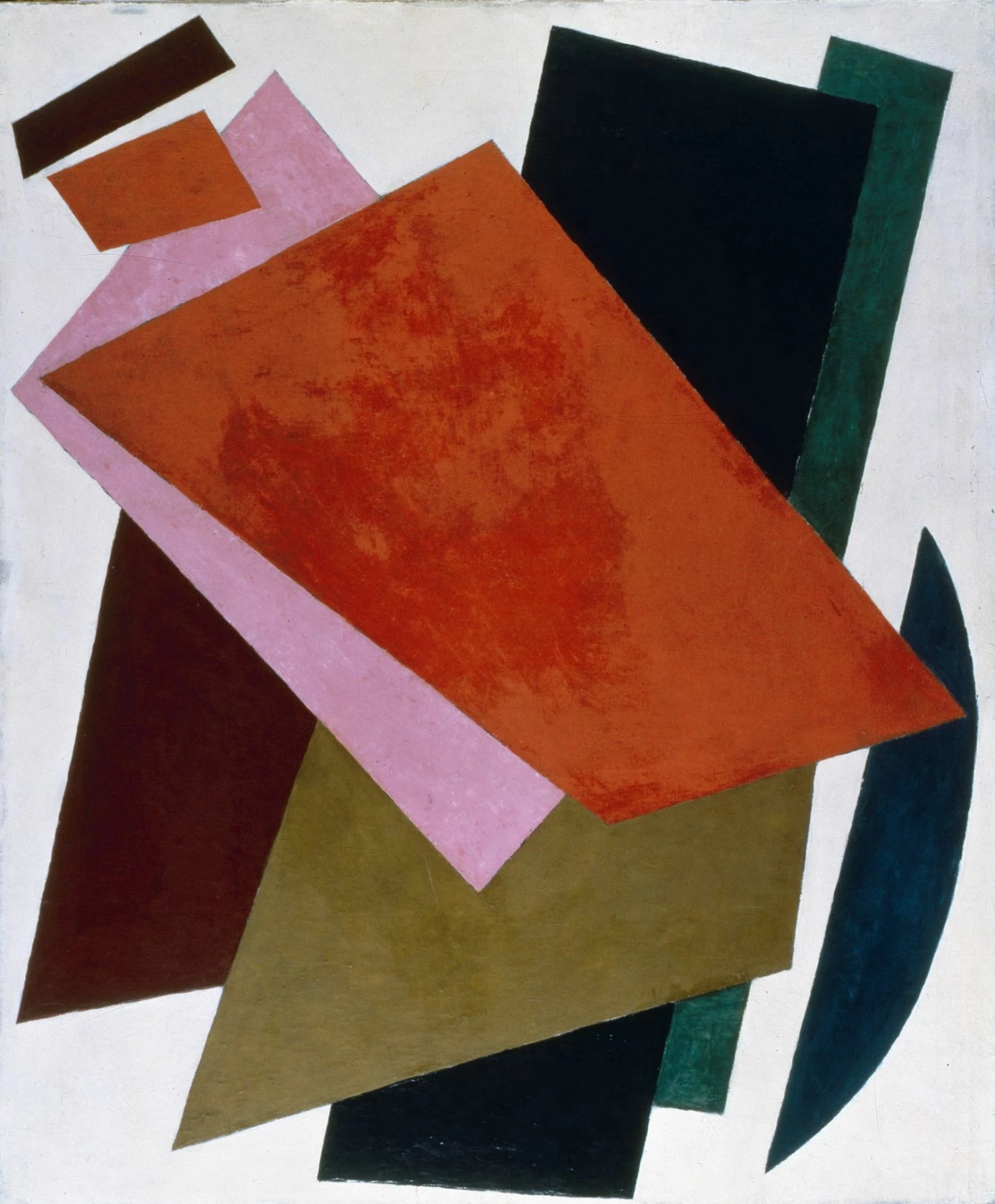
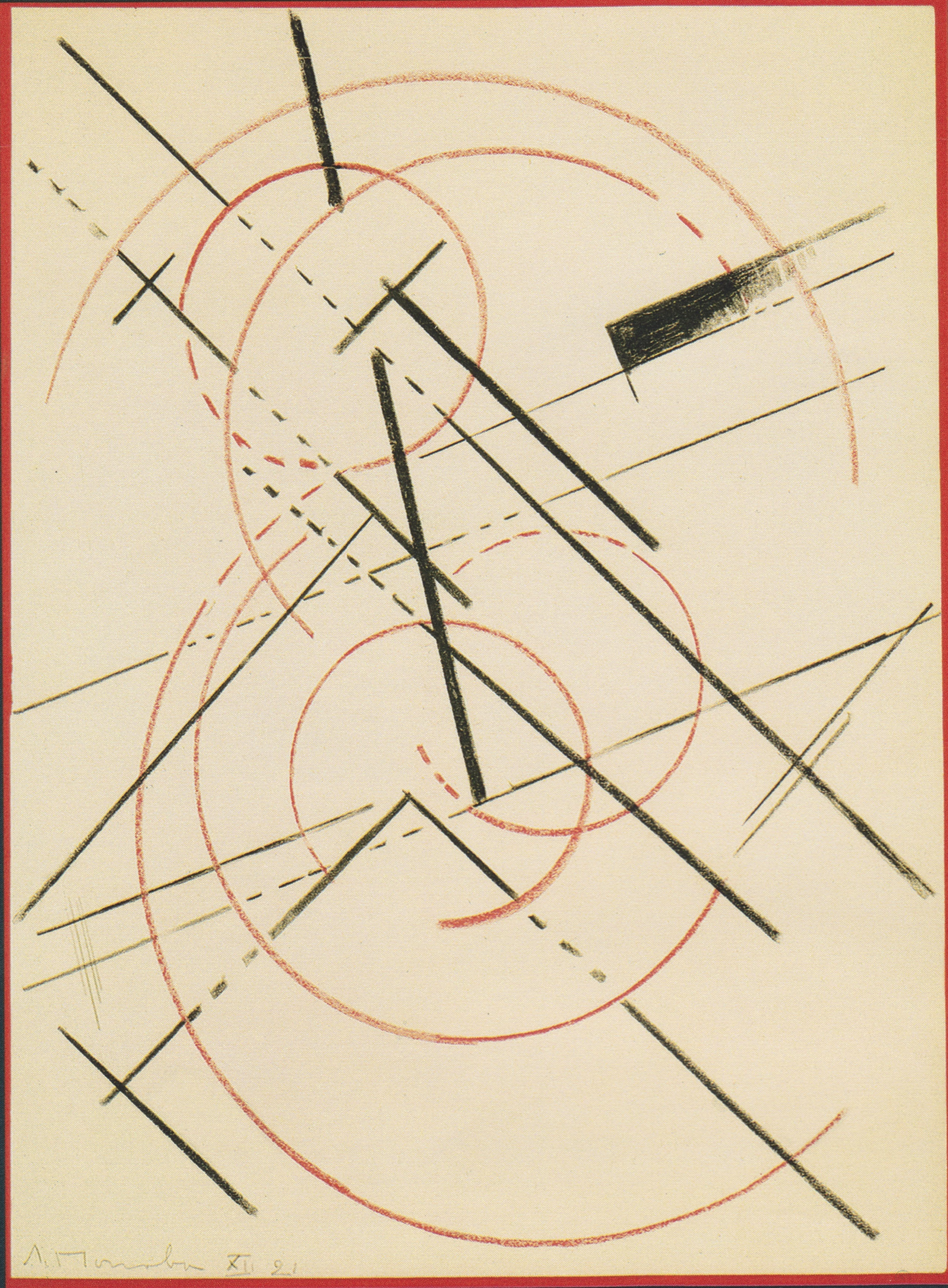
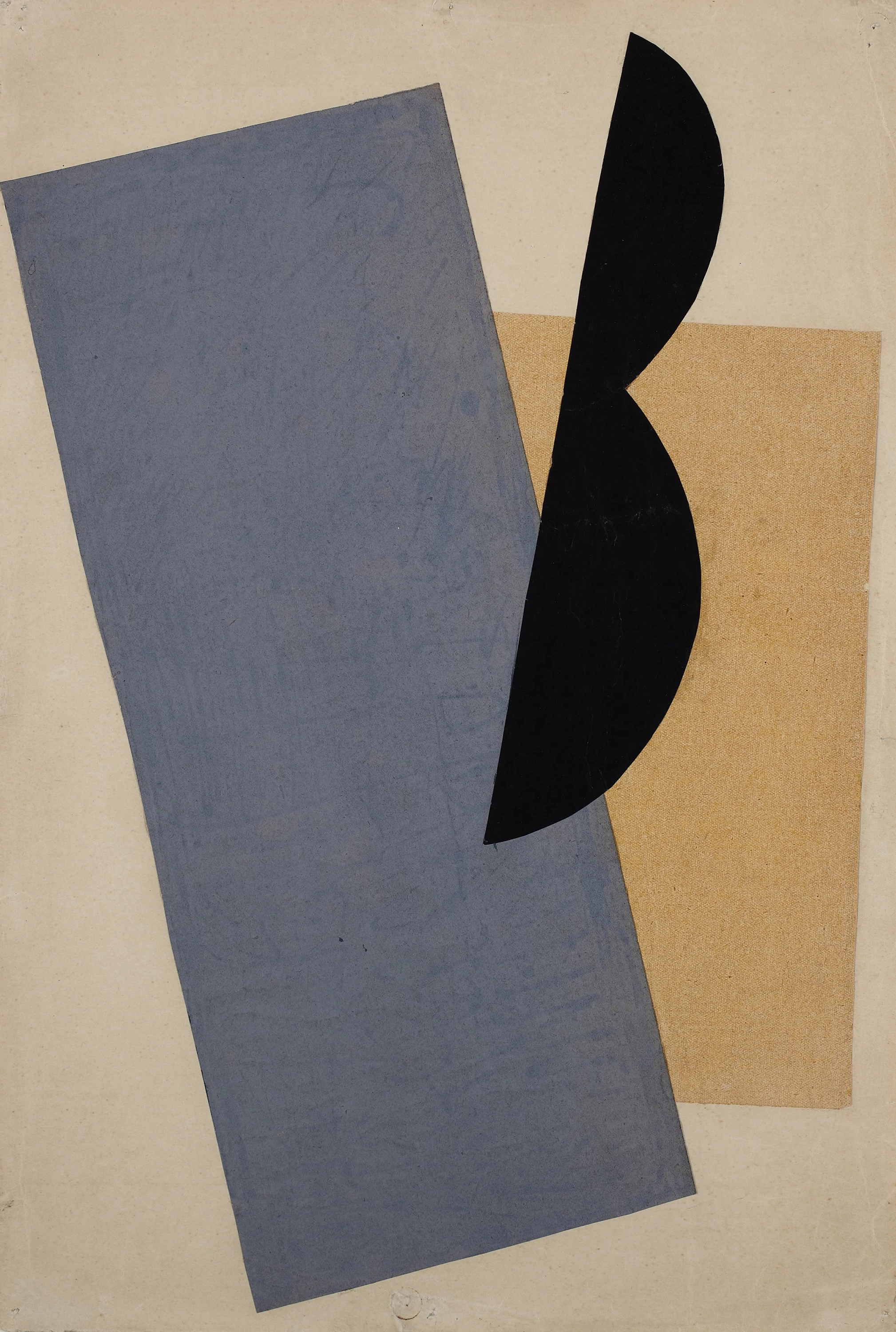
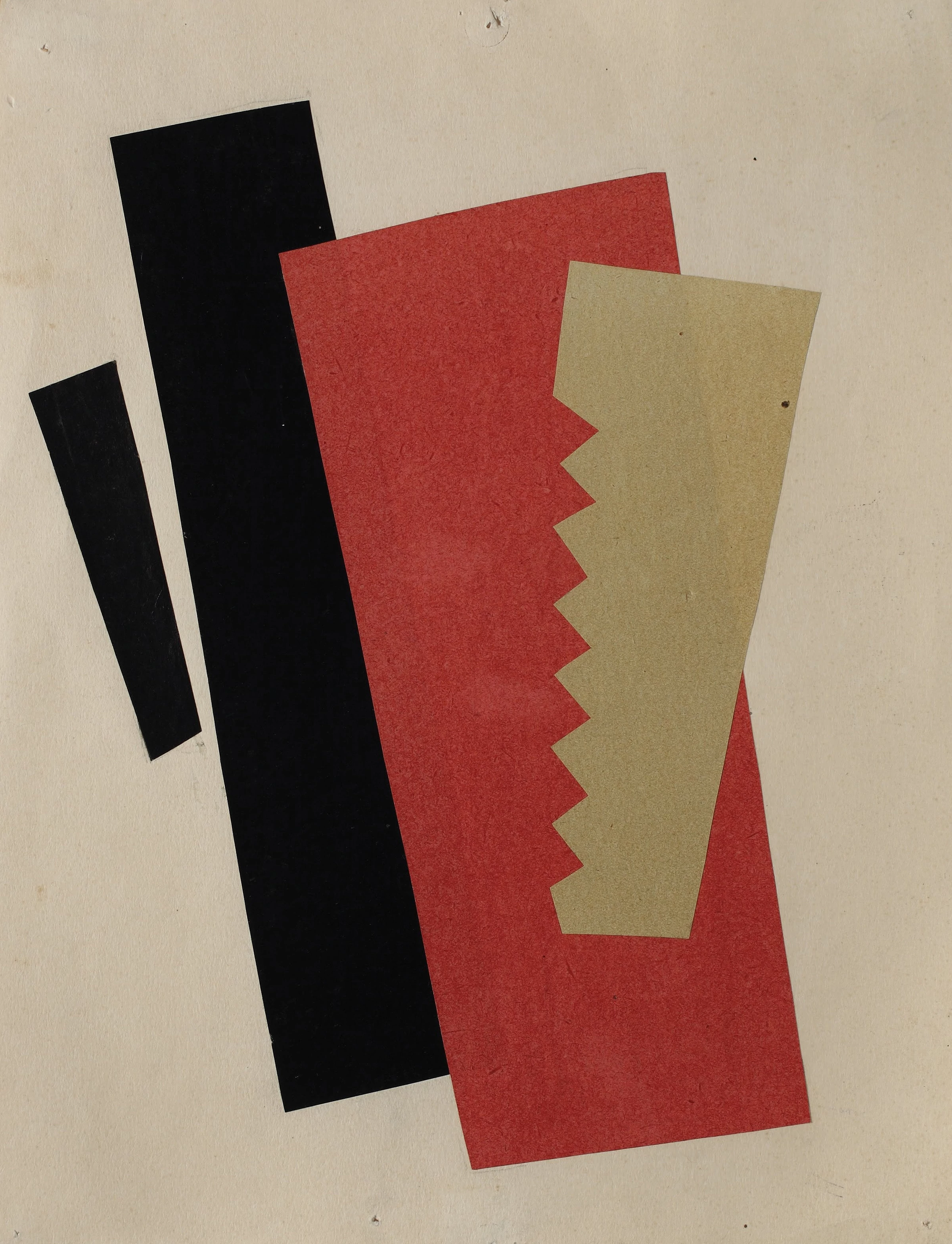
The organization of artistic elements must be applied to the design of the material elements of everyday life.
